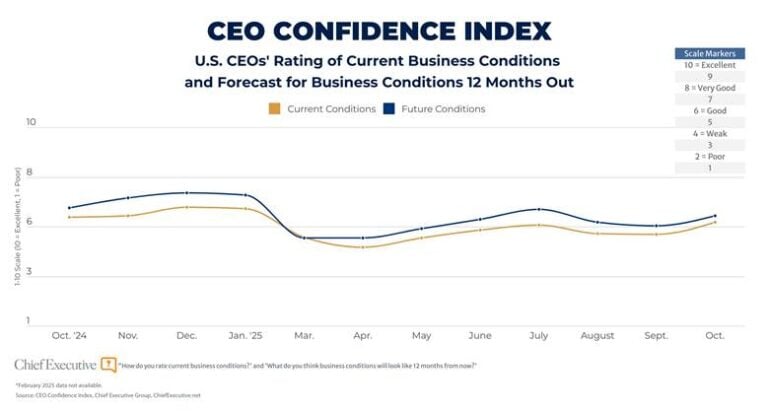
As the severity of the global supply chain disruption crisis continues to grow, corporate boards will need to work with management to develop their strategy to deal with any adverse impacts the disruptions could cause if they continues into 2022 as some analysts are now predicting. They will then have to determine the best way to communicate that strategy to their shareholders and customers.
The recent BDO Fall Board Pulse Survey reports that nearly one-third (31 percent) of the directors surveyed said that supply chain challenges will be the biggest impediment to their organization’s economic and operational success for the rest of 2021. In fact, 32 percent of the directors surveyed anticipate that supply chain production/disruption will be their greatest business risk for the next 12 months.
“Addressing these challenges will require a combination of swift action and longer-term strategic planning,” the report says. “Boards should keep a close eye on the variety of management tactics put in place to overcome supply chain struggles and ensure the solutions are not implemented in a silo.”
Specifically the BDO report recommends boards should make sure management finds ways to:
• Diversify sourcing
• Maintain liquidity
• Digitize the supply chain
• Improve demand forecasting
Of course, every company has specific challenges related to supply chain issues – and each board will need to determine how it intends to communicate its supply chain issues, and any potential solutions, to investors and shareholders.
Almost one-quarter (23 percent) of those surveyed by BDO said they are considering diversifying their business supply chain. Diversifying a company’s supply chain is a solid move that would win over investors even if there were no supply chain crisis because anything can happen to your suppliers at any time. A natural disaster, corruption scandal or any number of other causes could disable a supplier, so having a contingent of alternate suppliers makes good business sense.
Of course the current supply chain disruption is more complicated than just dealing with suppliers. Some of the challenges may require additional actions:
• Re-examine how your supply chain operates. Loaded cargo ships stuck outside of ports and the lack of truck drivers to move inventory makes this particular crisis one that could last for a significant time period. While most companies won’t be able to hire their own dock workers to unload ships or truck drivers to transport goods, they can begin to consider other things they can do to buy time in case this type of problem occurs again. Are there local sources of the key materials for your products that you can tap into now and in the future? Would it make sense to buy an ownership stake in key suppliers to learn more about their operations and to give your needs higher priority? Are there other potential ways to obtain raw materials to produce your products and/or transport them to where they need to be? How strong are the industries of your key raw materials? Are there other potential weaknesses in the supply chain that haven’t surfaced yet? Re-examining current methods might unearth solutions.
• Engage with shareholders to assure them that you are aware of any problems and are open to suggested solutions. The board and management team will need to discuss many questions similar to those above, but they will also need to be prepared to answer questions from shareholders. Companies should be proactive about engaging with shareholders in order to explain how they intend to tackle potential supply chain problems this year and next. It will be important to gain the trust of investors early on, especially if the crisis extends deep into next year. The board will likely be held accountable if financial performance takes a significant hit.




0

1:00 - 5:00 pm
Over 70% of Executives Surveyed Agree: Many Strategic Planning Efforts Lack Systematic Approach Tips for Enhancing Your Strategic Planning Process
Executives expressed frustration with their current strategic planning process. Issues include:
Steve Rutan and Denise Harrison have put together an afternoon workshop that will provide the tools you need to address these concerns. They have worked with hundreds of executives to develop a systematic approach that will enable your team to make better decisions during strategic planning. Steve and Denise will walk you through exercises for prioritizing your lists and steps that will reset and reinvigorate your process. This will be a hands-on workshop that will enable you to think about your business as you use the tools that are being presented. If you are ready for a Strategic Planning tune-up, select this workshop in your registration form. The additional fee of $695 will be added to your total.

2:00 - 5:00 pm
Female leaders face the same issues all leaders do, but they often face additional challenges too. In this peer session, we will facilitate a discussion of best practices and how to overcome common barriers to help women leaders be more effective within and outside their organizations.
Limited space available.

10:30 - 5:00 pm
General’s Retreat at Hermitage Golf Course
Sponsored by UBS
General’s Retreat, built in 1986 with architect Gary Roger Baird, has been voted the “Best Golf Course in Nashville” and is a “must play” when visiting the Nashville, Tennessee area. With the beautiful setting along the Cumberland River, golfers of all capabilities will thoroughly enjoy the golf, scenery and hospitality.
The golf outing fee includes transportation to and from the hotel, greens/cart fees, use of practice facilities, and boxed lunch. The bus will leave the hotel at 10:30 am for a noon shotgun start and return to the hotel after the cocktail reception following the completion of the round.